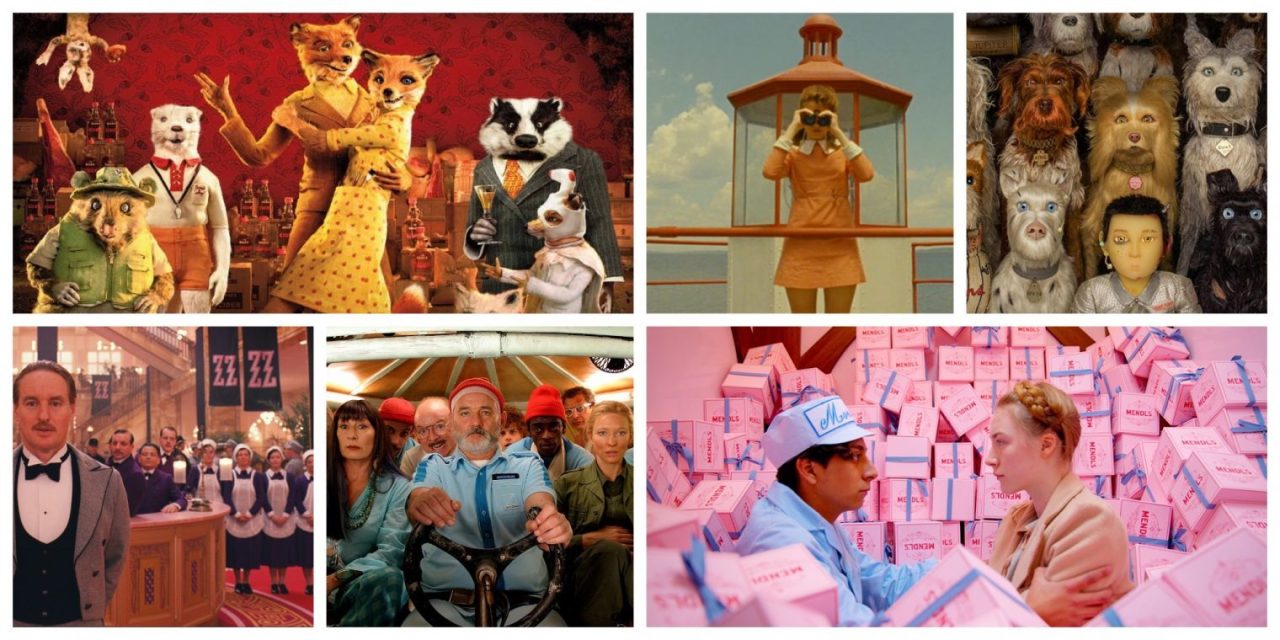
Smart brands are ditching ads for immersive stories, cultural ecosystems, and deeper emotional connections.
I was at a marketing conference last year, sipping overpriced coffee, when a CMO from a legacy brand leaned over during a presentation on media engagement and whispered, “We spent $2 million on a Super Bowl ad, and our TikTok intern’s dance video got more engagement.”
And I’m not surprised. Audiences have evolved defense mechanisms against traditional ads, with about 763 million people using ad-blockers and 84% of Gen Z ditching ads in under five seconds. My 17-year-old nephew would rather sell his phone than watch a pre-roll ad, and he’s not alone.
Let’s get nerdy for a second. Traditional ads typically hit the prefrontal cortex, the analytical centers of the brain where we evaluate threats and make snap rejections. It’s why you skip that YouTube ad faster than you’d dodge a wasp. But a great story lights up the default mode network, which is the part of your brain that processes identity, meaning, and emotion.
When Red Bull drops a documentary about cliff divers, it’s not just entertaining; it’s triggering oxytocin release (per Dr. Paul Zak’s research) and chemically bonding you to the brand like it’s your best friend.That’s the power of narrative: It lingers, rewires, and influences behavior long after a 30-second spot is forgotten.
Brands need to know that their efforts go way beyond clicks now—they’re seeking to colonize neural real estate. And this is a seismic cognitive shift. It means that the gatekeepers are dead, the rules are gone, and your brand is more akin to a media company now.
The infamous “brand authenticity” makes a comeback
As I thought about what that CMO told me, here’s what kept me up at night: in an era where your content is up against HBO’s Succession or a random TikToker’s viral skit, your brand’s personality is no longer a nice-to-have; it’s critical for survival. Authenticity will be your moat, thereby making inauthenticity a death sentence. 63% of Gen Z will pay to avoid brands that feel fake, and they can spot a poser faster than I can spot a bad Wi-Fi signal.
Think of a filmmaker like Wes Anderson. His quirky, pastel-soaked aesthetic is unmistakable.

Your brand needs that same distinctiveness.
Are you gritty like Nike’s “Just Do It” campaigns? Heartwarming like Airtel Nigeria’s “Data is Life” mini-series? Or maybe absurdly playful like Duolingo’s TikTok owl? Every choice you make, from your visuals, color grading, music, tone, even font, must scream “you!”
It’s all about your brand programming
Forget “content marketing”. That’s just ads with better lighting. Brand programming is about creating a universe, a cohesive narrative that unfolds across platforms, inviting audiences to live in your world. Media theorist Henry Jenkins calls this transmedia storytelling, where each medium (video, podcast, social post) adds a unique piece to the puzzle. Disney does this with Marvel, but brands like Lego do it too, spinning off movies, games, and theme parks into a cultural ecosystem.
This isn’t just about production values; it’s about psychology. Ads trigger System 2 thinking, analytical and skeptical. Stories hit System 1—intuitive and emotional—making audiences open to influence. Nancy Baym’s concept of “relational labor” explains why this works: Authentic, ongoing interaction builds trust, not just attention. And it’s not only big brands.
Traditional advertising is like shouting at a party; people tune you out and focus on enjoying the party. Brand programming is like hosting the party, where guests show up because they want to.
The math checks out: Interruption-based ads get pricier as audiences resist, but invitation-based content compounds in value. Netflix’s library costs billions but scales infinitely, with each new subscriber adding revenue without new production costs.
Take Cluely, an AI startup I’ve been following on X. Their cinematic shorts showcasing product features through storytelling have racked up tens of millions of views. How? A network of “clippers” repost bite-sized versions of what works across X, TikTok, and Instagram, turning each launch into a cultural moment. No ad spend, just smart content architecture designed for shareability. This is the future: Content so good, it markets itself.
It’s time to build your media empire
Let’s make this concrete. Imagine a regional bank named First Coastal launching “The Dream Chasers”, a web series about entrepreneurs they’ve funded. They pair it with a Spotify playlist of uplifting local artists, curated by a community vote on X. They then host a pop-up meet and greet with these entrepreneurs for other young and up-and-coming business leaders, using the opportunity to market the original web series.
These elements work like a scaffold. Each piece amplifies the others, creating a self-sustaining ecosystem of meaning. And all of a sudden, First Coastal becomes a hub for ambition and community pride much more than just a bank.
At this point, it’s probably clear that thinking like a media company will change how your brand is set up for communication. Your marketing department, for one, needs to become more of a content studio, and that looks a little bit like this:
Your platform foundation
Your brand will need something more enduring than personality alone—it will need a brand platform. Think of this as the philosophical bedrock from which all your content programming emerges. While your brand’s personality determines how you tell stories (gritty like Nike, heartwarming like Airtel, playful like Duolingo), your platform defines what fundamental human truth you’re championing across every piece of content you create.
This isn’t just another “big idea” that changes with each campaign; it’s the timeless manifesto that your chief content officer uses to ensure narrative coherence, that your transmedia producer weaves through every medium, and that your community rallies around. Without this platform foundation, you’re not building a media company—you’re simply creating expensive content that doesn’t compound. Your platform becomes the North Star that transforms scattered content into a cohesive universe where every story, playlist, pop-up, and post ladders back to a singular truth your audience can believe in.
This positions your brand platform as the strategic prerequisite that makes everything else in your media company framework actually work. It’s the foundation that prevents your brand from falling into the trap of creating content for content’s sake.
Your new roles
- Chief content officer: A narrative architect who ensures your story unfolds across platforms with coherence. Think Ryan Reynolds at Maximum Effort for Deadpool-level brand storytelling.
- Cultural moment reader: Someone scanning platforms and web trends to position your brand in conversations before they go mainstream.
- Community leaders: Roles focused on building specific tribes rather than general followers, fostering connections among audiences across platforms.
- Transmedia producer: Orchestrates stories across media. Think a podcast tying into a web series, an event, a coffee table book, and an X campaign.
Your multichannel ecosystem
Soon, you’ll begin thinking of new and interesting ways to plug in your always-on content, all while maintaining the core of your personality and message. You’ll probably have to, for example, stop licensing music and create your own. Coca-Cola’s “Taste the Feeling” campaign included original songs that lived on Spotify, reinforcing their brand sonically. You might choose to build a publishing arm for culture books or other editorial assets, like Dixon Baxi did. Or host events that double as content. Design TikTok challenges. Even merchandise can become cultural artifacts.
Your shareability by design
Every piece of content must be architected for natural amplification. This means understanding the psychological triggers that make people want to share, which according to Jonah Berger’s research, includes identity signaling, social currency, emotional resonance, and practical value.
Your new metrics
You’ll also need to forget impressions and click-throughs if you want to measure what matters. The following metrics require longer windows and tools like Brandwatch or Sprout Social, but they predict brand equity better than short-term sales.
- Cultural penetration—Are people quoting your brand’s story in everyday conversations?
- Ecosystem strength—How interconnected are your content touchpoints? Analyze cross-platform engagement (e.g., podcast listeners who also watch your YouTube series).
- Narrative coherence—Does your story feel consistent across mediums? Use sentiment analysis to gauge audience perception.
- Community vitality—Are fans engaging with each other, not just you?
- Attention quality—Are audiences binging your content or scrolling past? Track average watch time or dwell time.
This shift to brand-as-media won’t happen without its obstacles, but each has actionable solutions. Brands that don’t have Red Bull’s budget can start small and scrappy. A local bakery could launch “Behind the Dough” on TikTok, sharing recipes and staff stories using free tools like Canva for visuals or AI assistants to brainstorm scripts. Sure, there might be fatigue on your audience’s part, but you can combat it by embracing hyper-specificity (rather than trying to appeal to everyone). Liquid Death, for example, succeeds by being unapologetically weird and metal, and not by trying to be everything to everyone.
Algorithm dependency threatens even the greatest of content, so mitigate risk by building owned channels. These could be websites, email lists, and even communities fostered on platforms where you control the conversation and community (think Circle or Obodo).
And if there’s one thing I leave you with, it’s this: Hire more storytellers than ad execs, create ecosystems before campaigns, and measure culture rather than clicks.
Your brand’s transformation starts now.
Cover image: Gorodenkoff
